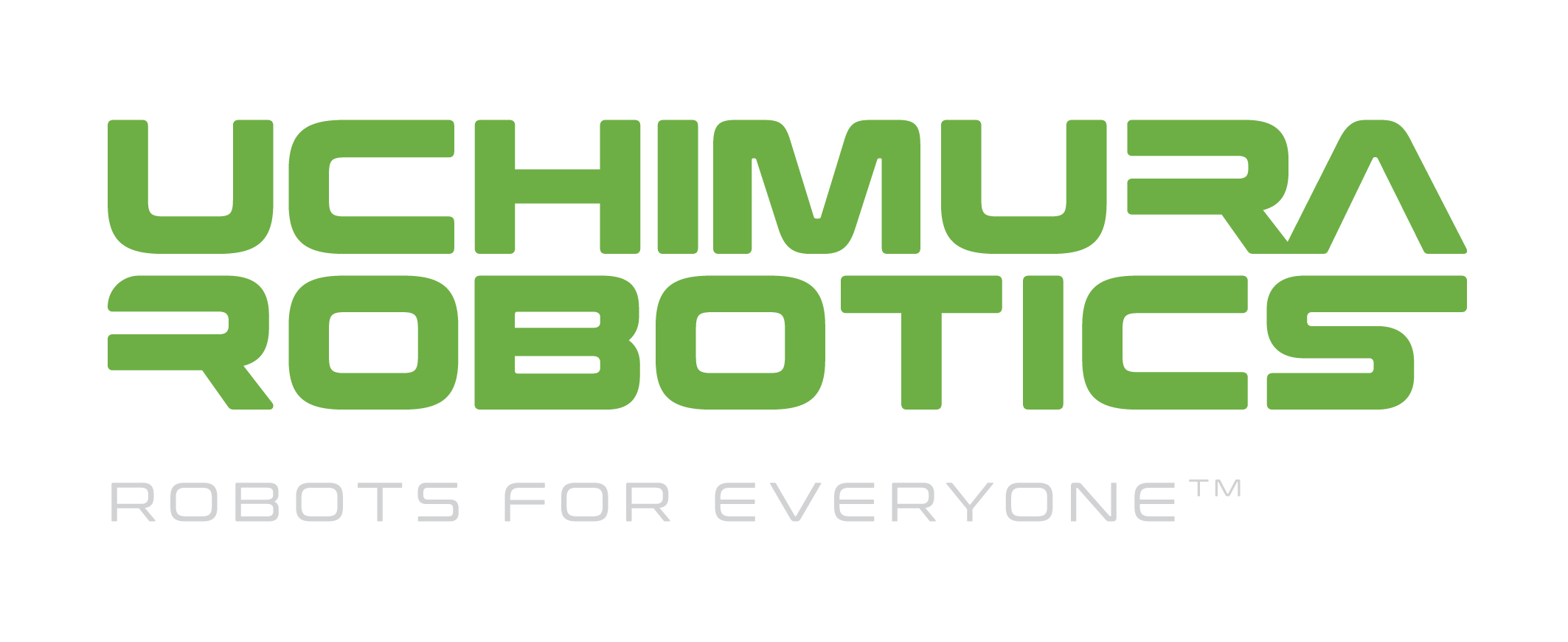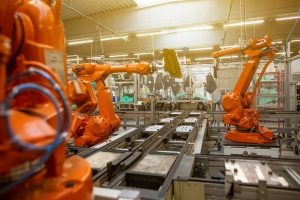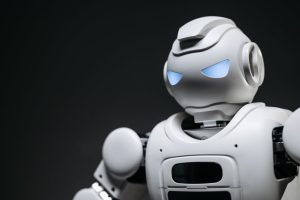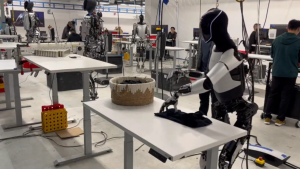Introduction: Why Humanoids?
In 2025, humanoid robots are transitioning from science fiction to practical reality. The excitement around humanoid robot development is driven by their unmatched ability to operate in spaces designed for humans: stairs, doors, narrow walkways, and crowded environments. Unlike traditional robots, humanoids can navigate obstacles and use tools just like people—without the need to rebuild entire environments for automation.
The question of legged robots vs wheeled robots is at the core of this shift. Wheeled robots, while efficient on flat and open surfaces, require more floor space and struggle with stairs or uneven flooring. Legged robots, however, offer unparalleled adaptability and access to environments where wheels simply can’t go. This makes humanoid robots the ideal drop-in solution for automating unsafe, repetitive, or physically demanding work in existing human spaces.
The State of the Art: Today’s Capabilities and Limitations
Recent breakthroughs in humanoid robot development have led to advances in mobility, balance, and manipulation. Robots like Tesla Optimus, UBTECH Walker S2, and Agility Robotics Digit represent the forefront of this new era.
Tesla Optimus is a bi-pedal, AI-integrated humanoid designed to take on dull, dangerous, and repetitive tasks in industrial settings. Tesla is leveraging its experience in real-time navigation and perception, making Optimus a benchmark for general-purpose industrial humanoids.
UBTECH Walker S2 impresses with its flexibility and a unique feature: it can autonomously swap its own battery, making it capable of long-term deployment without human intervention. This innovation is crucial for large-scale applications where downtime must be minimized.
Agility Robotics Digit, meanwhile, is designed for commercial and industrial logistics. Digit boasts rugged mobility, seamless integration with autonomous mobile robots (AMRs), and is already seeing commercial use in challenging environments. Despite these advances, current humanoids still face significant limitations in safety, environmental perception, and dexterity in unstructured scenarios.
The Safety Challenge
One of the biggest obstacles for the humanoid robot future is safety. Industrial safety standards have long assumed that powered motion stops instantly when power is lost. For humanoids, however, balance and movement must continue even in partial failure states to prevent dangerous falls or uncontrolled actions.
Another major safety issue is reliable perception. Robots must accurately identify humans and distinguish them from objects—a deceptively hard problem. It’s not enough for a robot to see a box; it must recognize if that box includes a human hand. Misclassification could result in serious injury.
Agility Robotics is leading the way with regular safety updates for Digit, directly addressing these complex challenges. Companies like Synapticon and Sanctuary AI (with HaptX haptic feedback) are developing closed-loop, context-aware systems to enable safer, more intuitive human-robot interaction. The focus is shifting from reactive to proactive safety, ensuring robots are not just aware but can anticipate and avoid risks in real time.
Control Methods and Human-AI Learning
Training humanoid robots to work alongside people in unpredictable environments is a major challenge. Different companies are tackling this with a range of creative solutions. Sanctuary AI, for instance, uses a pilot-to-learn model where humans teleoperate robots using HaptX gloves. This approach allows the AI to learn through direct human demonstration, not just code, and forms a closed feedback loop that accelerates learning.
Research institutions are also advancing tactile sensing and perception. Stanford’s DenseTact and Columbia’s tactile sensors are giving robots a sense of touch. Google DeepMind’s Shadowhand project and Stanford’s HumanPlus initiative are making progress in teaching robots by example, using data from videos or teleoperation to minimize the need for laborious manual programming. Despite these leaps, safety and reliability in the real world remain more important than pure intelligence. For now, reliable and safe operation is the highest priority in humanoid robot development.
Use Cases and Trajectory
The trajectory of humanoid robots is rapidly expanding across industries. Initially focused on factories, humanoid robots are now being deployed in warehouses, retail, delivery, and even home environments. Each sector brings unique requirements and opportunities for innovation.
For heavy payload applications, Agility’s Digit excels in material handling and logistics, proving that humanoid robots can tackle physically demanding jobs. In high-speed environments, Reflex Robotics is building platforms with wheeled bases and partial autonomy for tasks that demand speed and efficiency.
The general-purpose category is highly competitive, with Tesla Optimus, UBTECH Walker S2, and Apptronik’s Apollo all seeking to become the “iPhone of robots.” Their task-flexible bodies and modular approaches allow them to adapt to diverse environments, from warehouses to homes. The ongoing expansion of use cases signals a bright future for industrial humanoids and further integration into daily life.
What’s Next?
Looking forward, several trends are set to define the humanoid robot future. Modular designs are becoming more prominent, such as Apptronik’s Apollo, which offers both legged and wheeled mobility depending on the task. This hybrid approach maximizes flexibility for deployment in multiple settings.
Another fast-growing area is wellness and home robotics. Companies like UBTECH, Unitree, and Futronics are bringing humanoid robots into the home for elder care, health monitoring, and basic assistance. This shift requires not just technical advances, but a renewed focus on safety, reliability, and intuitive human-robot interaction.
The next major leap will come from scaling AI safely and reliably. Breakthroughs in software and control will only realize their full potential when robots can be trusted to operate in dynamic, unpredictable human environments. Safety and standards will determine how fast and how widely humanoid robots are adopted.
The Real Bottleneck: Standards, Safety, and Integration
As hardware continues to improve, the biggest remaining barriers to mainstream deployment are in software safety and regulatory standards. For humanoid robots to transition from lab demos to everyday industrial tools, they need to demonstrate human-safe, reliable operation and meet rigorous standards for autonomy in dynamic settings.
The next generation of control systems must learn from and adapt to human behavior not just in test environments, but in the unpredictable realities of the workplace and home. The companies that solve these safety and integration challenges will set the pace for the next decade of industrial automation. Humanoid robots are getting closer every year to becoming plug-and-play solutions for the workforce of tomorrow.
For more information about the future of humanoid robots and how this technology can benefit your business, contact us here.






